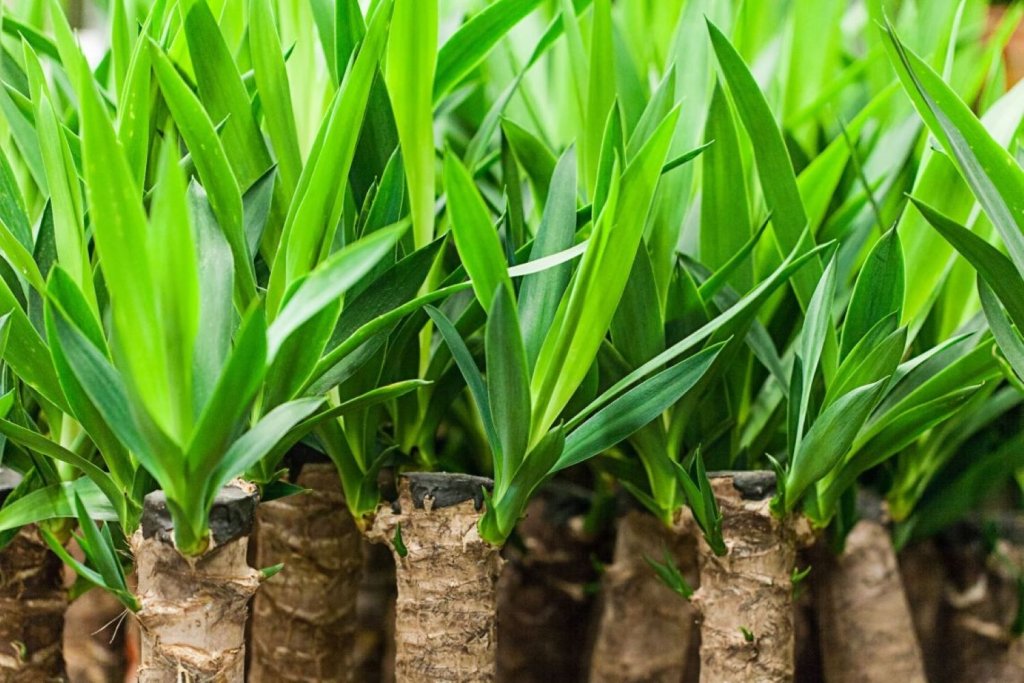Growing yucca plants can be a simple way to add greenery to your home or garden. These strong plants are known for their attractive appearance, making them a great choice for both beginners and experienced gardeners. Suppose you want to expand your yucca collection or share these beautiful plants with friends and family.
Learning how to propagate them is a valuable skill. What is propagation? It is a process of making various plants from the parent plant. It might not be as challenging as it appears. With a bit of patience, you can multiply your yucca plants without much trouble. We will see three primary methods of propagating.
So, if you’re new to gardening, let’s learn how to propagate different types of yucca plants and watch your yucca family grow!
How to Propagate Yucca Plants
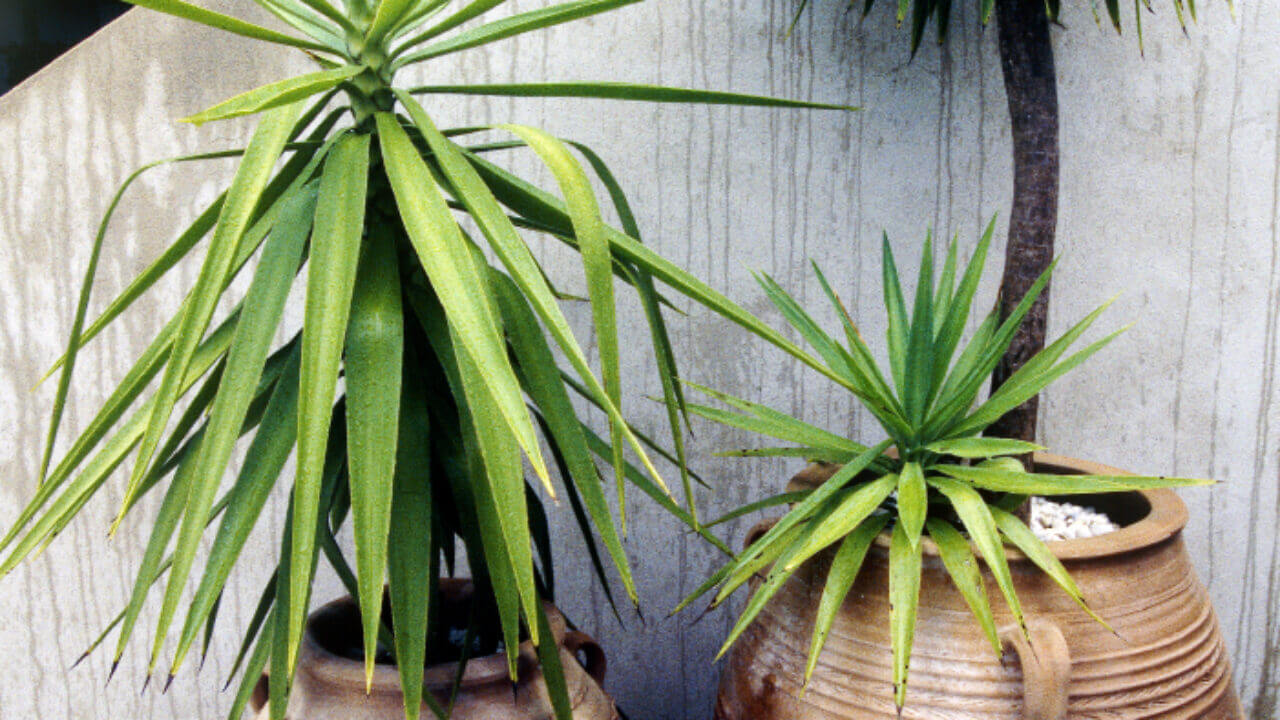
Yucca plants are well-liked for indoor and outdoor landscaping due to their impressive sword-shaped leaves and tall flower spikes. If you’d like to grow more yucca plants or give them to your loved ones, you can learn how to make new ones funnily. There are different ways to do this; we’ll look at one method, using yucca seeds to grow new plants.
Method 1: Yucca Seed Propagation
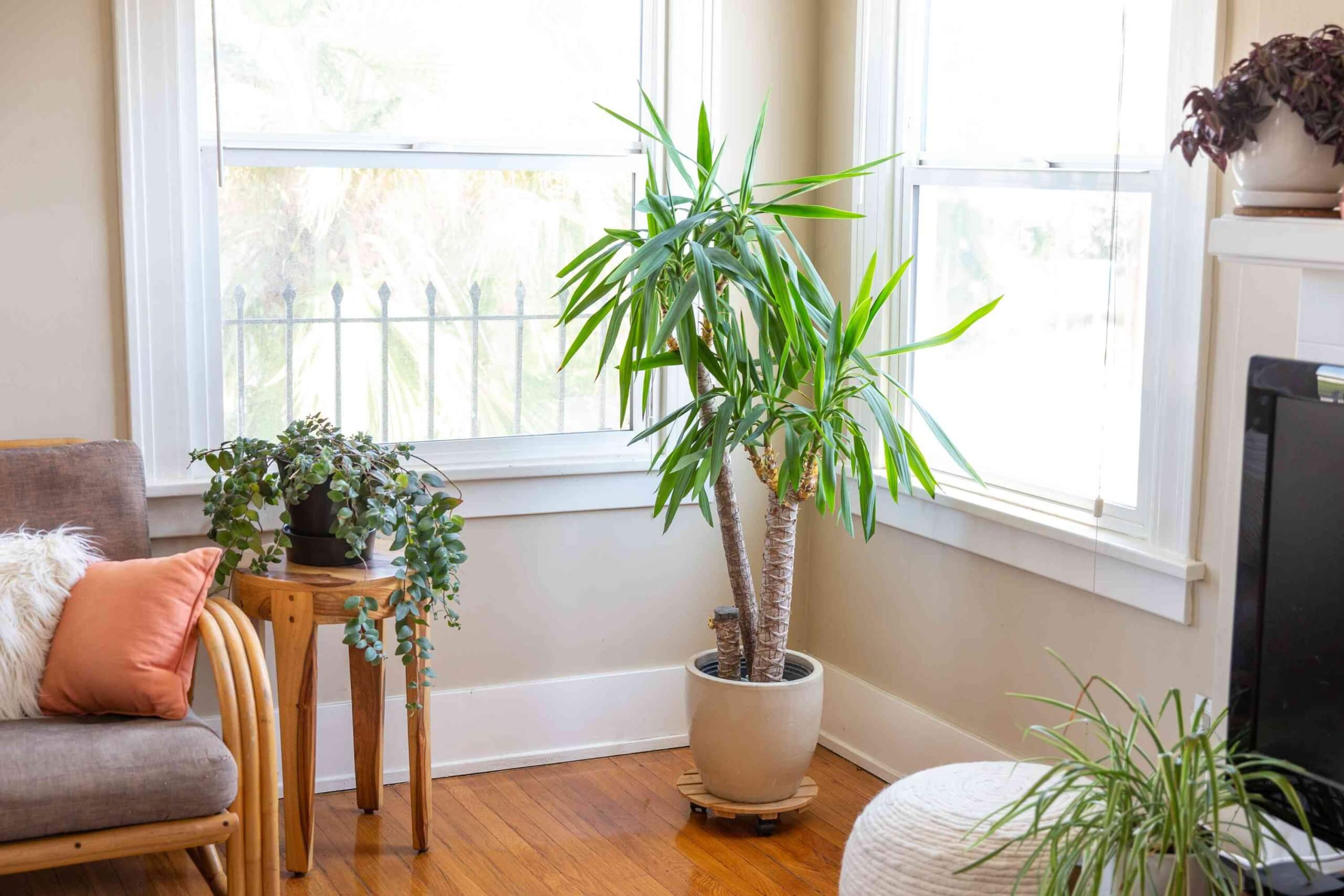
1. Gather Yucca Seeds
To begin, collect mature yucca seeds. You can find these seeds inside the pods produced by yucca plants after they bloom. Gather the pods when they start to split open, and set the seeds within. Be careful, as some yucca species may have sharp spines on their pods.
2. Prepare the Planting Medium
Yucca seeds require well-draining soil to grow. Create a mix of potting soil in equal parts to ensure good drainage. Fill up the small seed pots with this mixture of soil.
3. Sow the Seeds
Sow the yucca seeds on the soil’s surface, gently pressing them down. Do not plant the seeds too deep; ensure they make good contact with the soil.
4. Provide Adequate Light and Water
Position the seed trays or pots in a well-lit spot where they receive indirect sunlight. Ensure the soil remains consistently damp, avoiding excessive moisture. You may find a spray bottle useful for maintaining the right humidity level. Be prepared for a wait of several weeks for germination.
5. Transplant Seedlings
Once the yucca seedlings have grown large enough to handle, typically when they have several true leaves, you can transplant them into larger pots or directly into your garden. Ensure they receive enough sunlight. Young yucca plants are more vulnerable to extreme conditions. Protect them from harsh sun, wind, and frost during their early growth stages.
Method 2: Yucca Plant Cutting Propagation
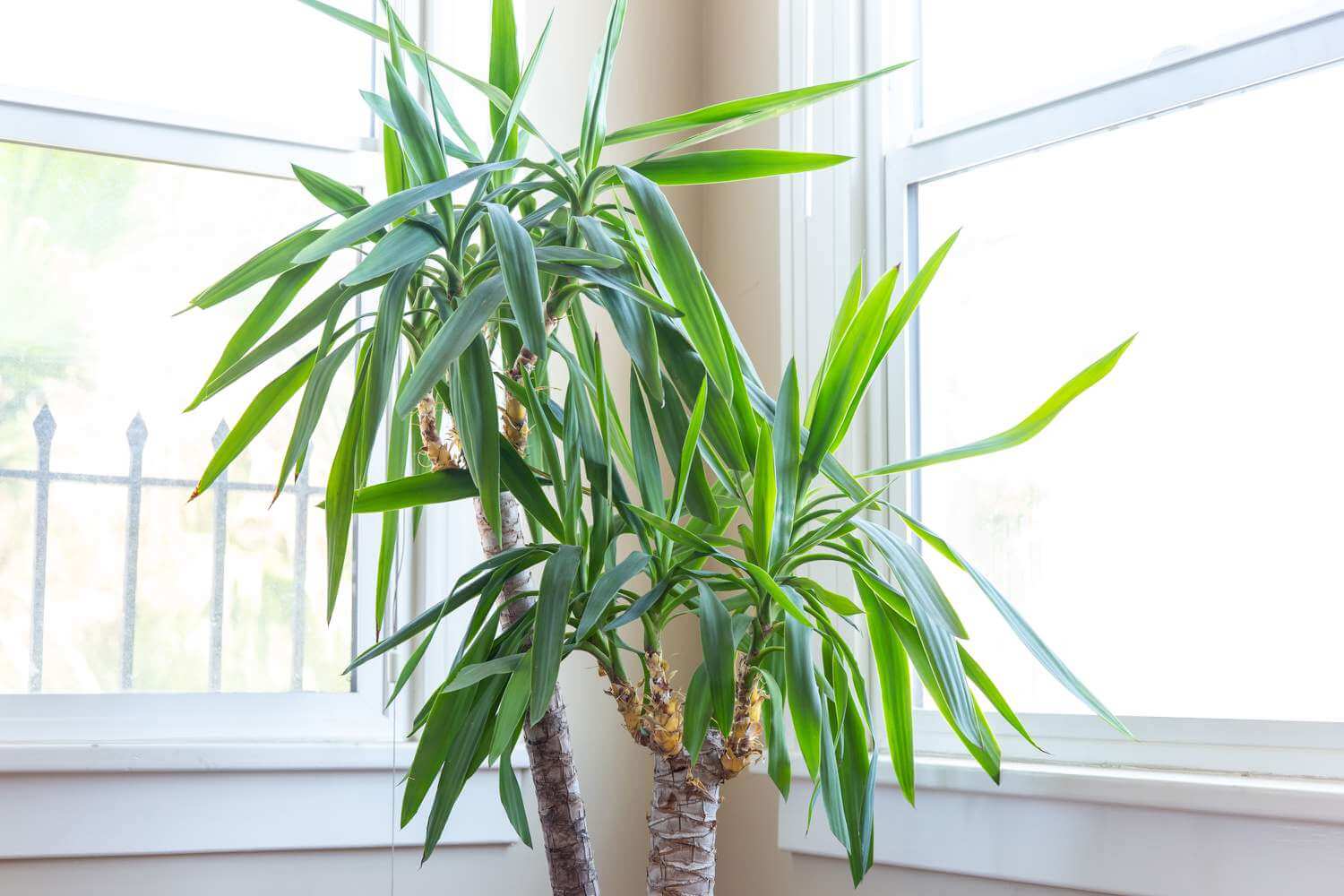
1. Select Healthy Cuttings
Choose a mature, healthy yucca plant from which to take cuttings. Use a sharp, clean knife or pruning shears to cut a stem or trunk section. Ensure that each cutting is around 4 to 6 inches long and contains several nodes.
2. Prepare the Cuttings
Let the cuttings air dry for a day or two to allow the wounds to callus. This helps prevent rot when planting. Place the cuttings into the soil of small pots filled with a fast-draining potting blend, such as one suitable for succulents, ensuring they are buried approximately one inch deep. Water lightly to settle the soil around the cuttings.
3. Provide Adequate Light and Humidity
Position the pots in a spot with gentle ambient light. Cover the cuttings and pots with a plastic bag or plastic wrap to create a mini-greenhouse effect, maintaining high humidity levels around the cuttings. Maintain a gentle moisture level in the soil, being cautious not to overwater.
4. Root Development
In the coming weeks, the cuttings will start growing roots. You can gently tug on them to see if they resist, which means roots are forming. Once they have roots, remove the plastic covering and slowly get the new plants used to their usual indoor or outdoor environment.
5. Transplanting
When the yucca cuttings have made strong root systems and have grown several inches, they are ready for transplanting into larger pots or your garden. Ensure they receive appropriate sunlight and continue to care for them as you would for mature yucca plants.
Method 3: Yucca Division Propagation
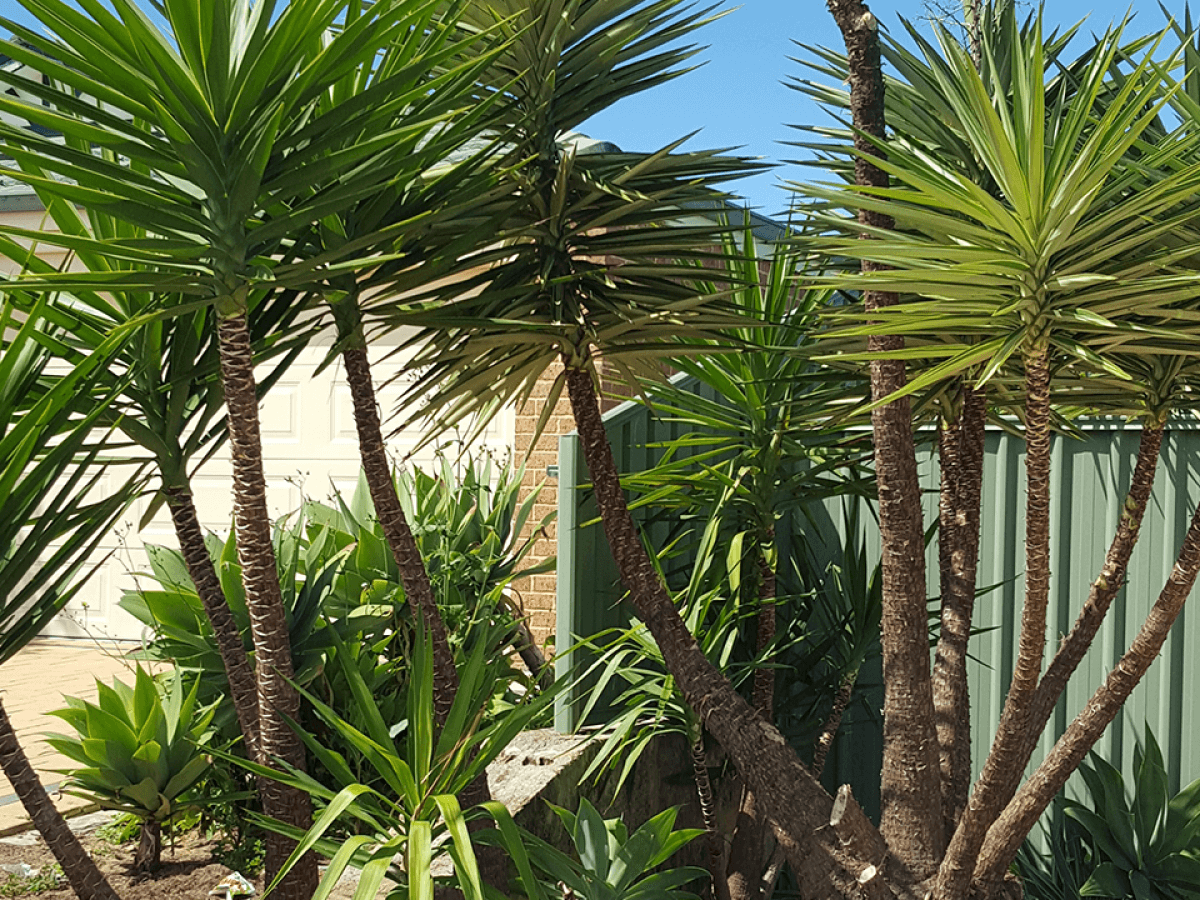
1. Choose a Mature Yucca Plant
Select a mature yucca plant with multiple stems or offshoots, known as pups. These pups can be found at the base of the plant. Carefully dig up the yucca plant, preserving the root system. You may need to use a sharp shovel to separate the plant from the ground.
2. Divide the Plant
After you’ve taken the yucca plant out of the ground, carefully detach the baby plants from the main one. Make sure each baby plant has its group of roots. You can achieve this by cutting or gently pulling them apart.
3. Prepare New Planting Holes
Dig holes for each pup where you want to plant them. Make sure the holes are deep and wide enough for the roots so they have enough space. Put each pup in its hole and fill it with soil. Press down gently to get rid of any air bubbles. Water the area well to help the soil settle around the roots.
4. Provide Proper Care
Ensure that the newly separated yucca plants are watered frequently during the initial weeks to help them settle in. As they get used to their new surroundings, slowly decrease the amount of water you give them.
Conclusion
Growing yucca plants can be an enjoyable experience for plant enthusiasts. You have various options for propagation, including seeds, offsets, or stem cuttings, so pick the one that suits you best.
Regardless of your chosen method, you must know that proper care and patience are important. Yuccas are hardy plants, but they still require the right amount of light, water, and well-draining soil to grow. Suppose you’re upgrading your home or giving the gift of greenery. Propagating yucca plants is the best way to get more plants, the same as yucca plants.
Sharing your yucca knowledge and cuttings with friends and family is a fantastic way to spread the happiness of gardening.
Be sure to check out these other posts for more fascinating insights

